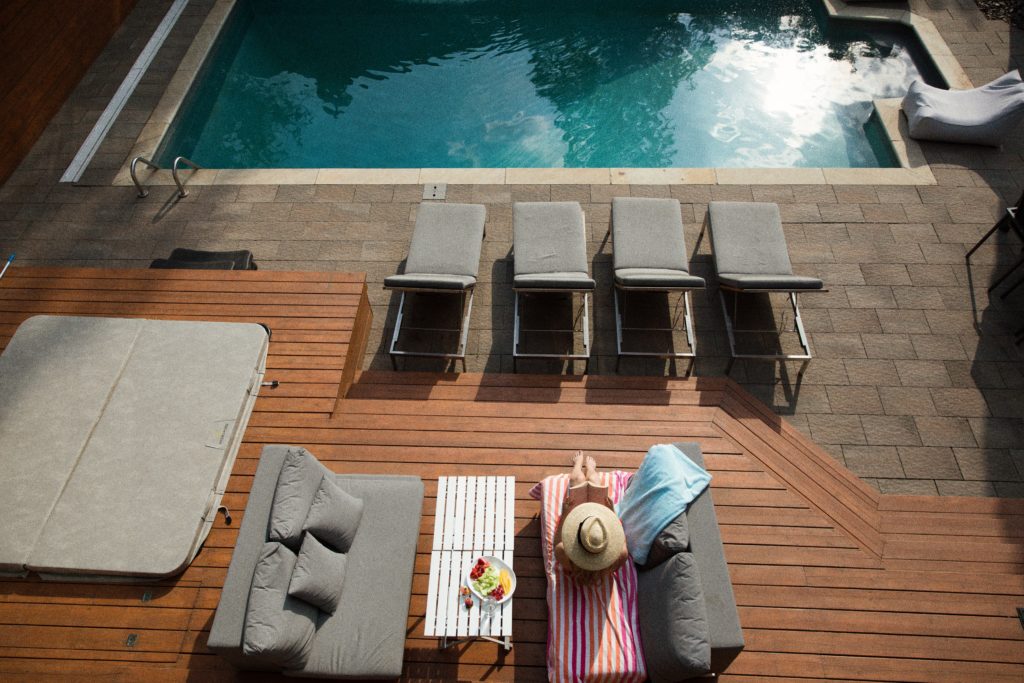Pool Fencing Safety
The backyard swimming pool is a way of life in Australia and reflects our passion for an outdoors lifestyle. It is a symbol of fun, recreation, family and exercise in many of our homes today. However, it is a sad reality that the most common cause of death for Australian children below five years old is drowning.
As a pool owner, it is your responsibility to ensure your pool adheres to the most current pool fencing safety regulations. The Australian laws regarding backyard pool fencing safety can be a confusing area and not only that, it varies between States. Do you really know what is required by regulators to ensure the safety of your swimming pool fencing? Here are the facts you need to know.
Fencing Regulations for Australian Swimming Pools
While the laws in each state vary slightly, the majority specify that:
- All swimming pools or spas with more than 30 centimetres of water require a compliant safety barrier. This includes portable and inflatable swimming pools as well as children’s paddling pools. It does not include dams, ponds or things like bird baths or fountains.
- When building pool fences, it should be made with the most durable materials. It should be sturdy enough and free from damage, cracks, or holes that might exist within the structure.
- Gates need to be self-closing, fitted with a self-locking latch, and open outwards away from the pool.
- The latch for the gate must be mounted on the inside of the gate so that you have to reach over the gate to open it. If it is on the outside of the gate, it must be at least 1.5m high.
- The gate must swing away from the pool to open.
- The gate cannot be propped open, this is a serious breach of the regulations.
- The ideal height of boundary fences should be at least 1.8 meters, and pool fences must be at least 1.2 meters. Ground levels that rise over time (such as garden beds) can make a fence non-compliant.
- Pool fencing should have no footholds or objects that would allow any child or person to enter the pool premises by climbing over the top. Objects such as furniture, plants and trees must be moved well away from both sides of the barrier to ensure there is a ‘non-climbable zone’ of at least 900 mm in height and radius around the barrier.
- Vertical gaps between the palings, panels, and between the ground and the bottom of the fence should not exceed 10 cm.
- Authorities also recommend that the barrier be regularly checked and maintained, in some States, it must be completed by an independent professional.
If you are renting, it is your responsibility to ensure there are no climbable objects and the pool gate is kept shut. It is the owner’s responsibility to ensure the fence otherwise complies. Not having a compliant pool can result in hefty on-the-spot fines and other penalties, up to $20,000 in some states, not to mention the possibility of a loss of life.
Understanding State Variations
Although the list of regulations above serves as general rules to be followed across the country, there are still variations and additional rules depending on which state your pool is located. Always contact your local authority if you are unsure of the swimming pool fencing safety regulations in your area.
Links to each state authority and their requirements are listed below:
VIC – Kidsafe Victoria
NSW – The Office of Fair Trading
ACT – Access Canberra
QLD – Brisbane City Council
WA – The Department of Commerce
TAS – Consumer Affairs
SA – The Department of Planning and Property
NT – The Northern Territory Government
Royal Life Saving has developed Home Pool Safety Checklist. This checklist allows pool owners to conduct a self-assessment of the home pool and its surrounds to ensure it is safe for everyone to enjoy and minimises the risk of young children drowning. This is a critical responsibility for all pool owners in Australia and regularly using the checklist may help save a life.
Remember that safety barriers such as pool fencing are no substitute for active adult supervision of children around water.


